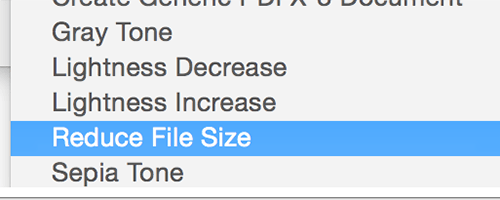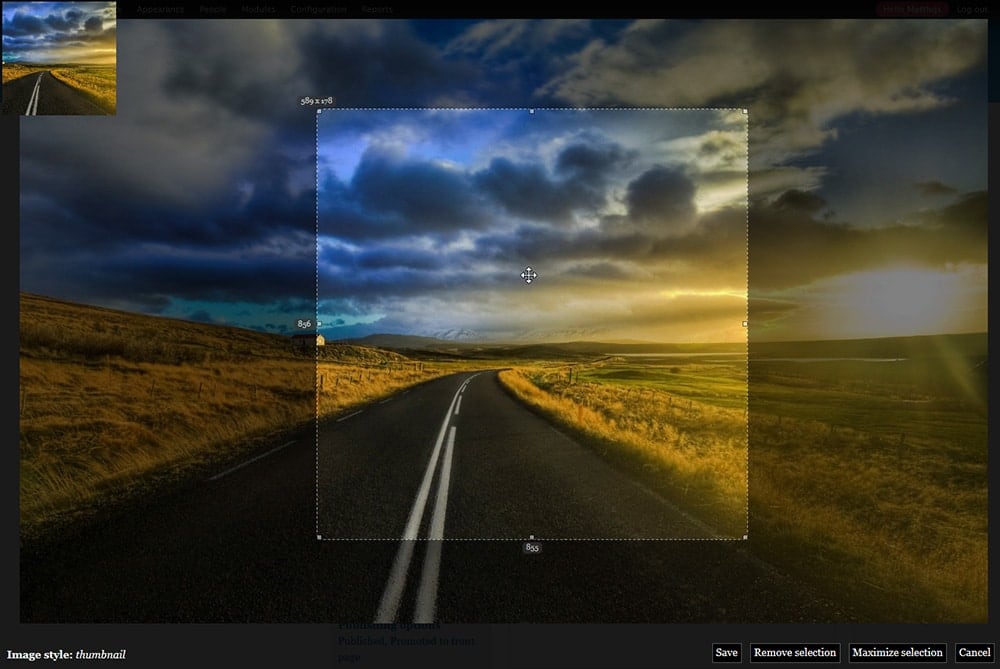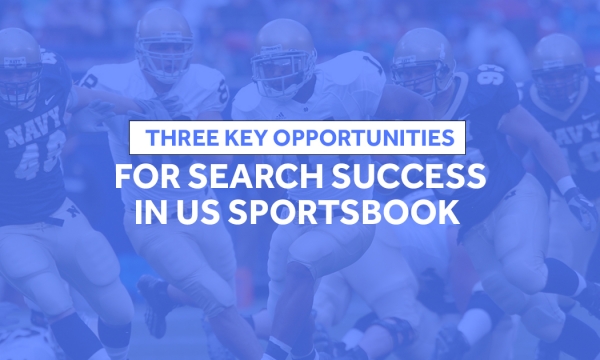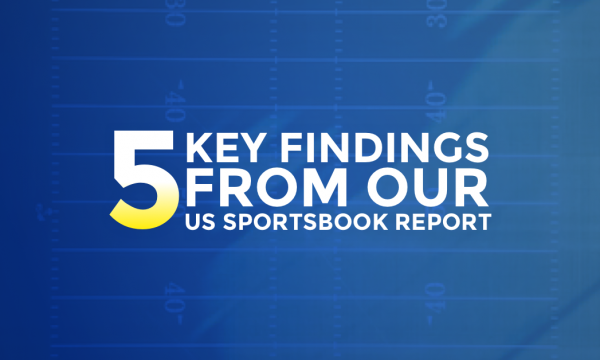It’s widely accepted that great content is a huge driving force in the battle for rank in position one in search results. Many of us will work extremely hard to produce an article that’s shareable, well written and provides significant value to our intended audience.
But then we go ahead and stick on a vaguely related stock photo as our hero image that took around 30 seconds to find. Why is that?
This isn’t necessarily a bad idea - and won’t affect your bid for the top spot in regular search too much - but what about image search? Is it worth neglecting this market entirely? The obvious answer here is no, but let’s add some context. Moz claims that a third of all searches made via Google are for images and with that in mind, let’s re-phrase the original question to “would you sacrifice 33%+ of your potential audience to save yourself a bit of time?”. I am positive the answer would be a resounding “absolutely not”.
Further to this, a huge 12.5% of SERPs show image pack results at the top of the page – this is another huge opportunity to rank higher through the content you are creating by simply being more visible to your audience than your competition.

Think of these in a similar way to answer boxes and featured snippets, which have created a prized position in the SERPS dubbed “position zero”. This is a shortcut to improving click through rates to your site based on the generous positioning Google gives this feature in its results pages, as pictured above we can use the same strategy to gain visibility with great images and appearing in the image pack.
So there’s opportunity here, but who is it for?
Whilst everyone can make use of this disproportionate opportunity for improved ranking, some types of businesses or blogs naturally reap more benefit from this than others. This comes down to user behaviour and the types of phrases we are searching for.
Highly informational searches often warrant good images to give context and further exemplify the problem they are trying to solve. For example food recipes and how-to guides are much more image reliant than something highly commercial or brand specific. Here are a few examples of when a good image is essential;
- Recipe posts
- Blogs about travel and specific locations
- Instructional pages
- Product pages and reviews
- Lists
- Services that are visually sold e.g. decorating, artwork and design, hospitality services
A great way to check if this strategy applies to your product or service is to try searching some of the keywords relevant to your site. If this query returns an image pack, you can guarantee there’s opportunity for your site to gain volume by hosting good images.
Aside from the traffic benefits, great images lead to a better user experience which will keep your visitors on your site for longer, reduce bounce rate and increase your chance of converting their visit to a sale. It’s for these reasons that it’s worth having great images whether this has direct search results impact or not.
Best practices for image optimisation.
So we’ve decided we want to rank highly in image search, but how exactly do we achieve that? There are a number of factors in play when we consider what makes a high quality image. Here are a few things you should think about when adding an image to your site:
Relevant imagery
Firstly we should ensure the imagery that we are displaying matches the written content as closely as possible.
If you’re writing an article reviewing the Google Home, having an image of the beach on a summer’s day is no good. It could be the greatest beach photo ever taken but if the surrounding text is irrelevant it isn’t going to rank highly.
This can be directly impacted by placement, so before setting your image as your article header, consider if there is opportunity to embed this better within a paragraph of relevant text.
Small file size

An important ranking element in image search is file size. You need to aim for the smallest file size you can get without damaging the quality of the image.
Faster loading times are very relevant to good SEO and will have a direct impact on your ranking. Ensure there’s no blur or visual impairment of the image when compressing as this can cause a negative user experience and reduce rankings.
Actual image resolution

Another thing to consider is the resolution of the image. This can also be damaged when trying to reduce file size and often it will be in the restrictions of the style sheet or HTML to reduce the image to a certain resolution regardless of the size it is uploaded at.
For example, if you’ve added a 2048×1536 image but your style sheet restricts this to 240x180 you are going to have the loading times of a huge image but the visual effect of a small image. Again, when we consider page loading speeds this could have a negative SEO impact. Make sure the images you choose to use are uploaded at the size you wish to display them at.
Image ALT attribute
Search engine robots are extremely intelligent, however, they are not yet smart enough to fully understand the content you are trying to display with your image.
For this reason it is crucial to add alt tags. These are a text string that appears when you hover over an image and the tag that search engines will use to understand where your image sits on the page and how it is relevant. Make sure you use alt tags that explain clearly what the image is and avoid keyword stuffing.
Image filename
Similarly to the alt attribute, another important tool in allowing search engines to crawl and understand your image is to add a relevant filename. This means moving from DCIM2459.jpg, which means absolutely nothing to anyone, to google-home-unit.jpg
Image interaction
When writing an article or informational piece of content, we often aim to create something that people will want to share with their friends/colleagues. This organically increases the visibility of your article by a huge amount and as a result, this interaction causes direct SEO benefits and higher rankings.
The same rule applies to images. Images that are saved, shared and downloaded are more likely to boost significance of both the image itself and the page it sits on within SERPs.
This is a large reason why infographics are an extremely popular format for displaying information, not only do you get to display your content dressed head to toe in your branding, but it is more likely to be saved and shared as it has informational value to your audience.

By using these tips you should be able to boost the relevancy of your image in image SERPS and climb past the generic, low-thought content that currently wins the top spots for your selected keywords.
The truly great thing about image optimisation and aiming for the top spot in image search, is that the benefits have a rolling impact on your content in regular search too. Making these changes should become a part of your regular site audits and something you consider every time you create a new piece of content. With the scope of opportunity being so wide and the reward being so high, image optimisation really is a win-win situation.




